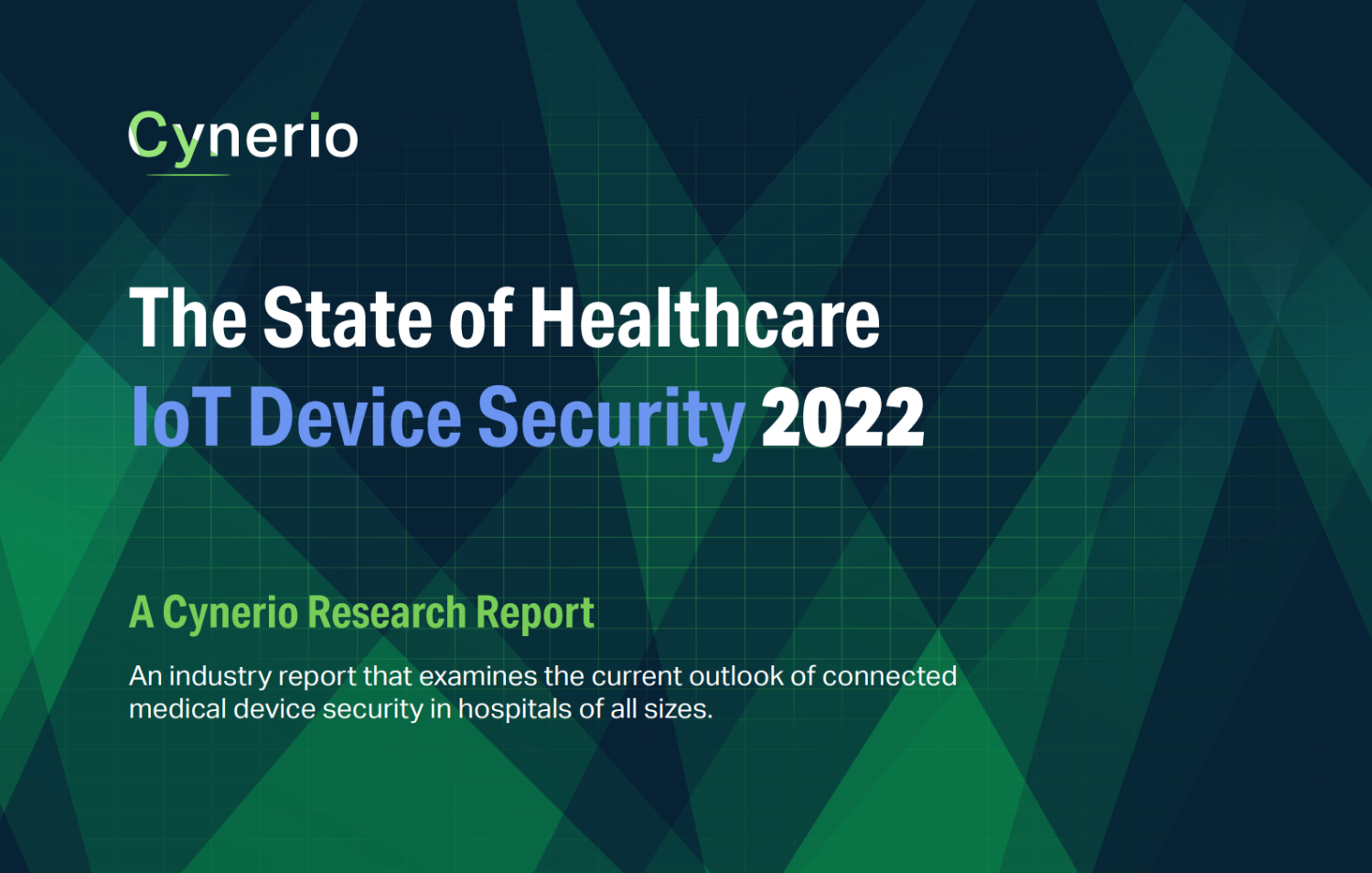
What You Should Know:
– After a year of unprecedented ransomware attacks on hospitals and healthcare systems – and with healthcare now the #1 target for cybercriminals – critical medical device risks in hospital environments continue to leave hospitals and their patients vulnerable to cyber-attacks and data security issues.
– New data released by Cynerio, a leading provider of healthcare IoT cybersecurity and asset management, in its 2022 State of Healthcare IoT Device Security Report shows that steps the cybersecurity industry has taken to date to protect hospitals and health systems are not enough.
State of Healthcare IoT Device Security
Cynerio, found that security threats related to IoT and related devices within healthcare environments have remained sorely under-addressed, despite increased investments in healthcare cybersecurity. Data shows that 53% of connected medical devices and other IoT devices in hospitals have a known critical vulnerability. Additionally, a third of bedside healthcare IoT devices – which patients most depend on for optimal health outcomes – have an identified critical risk. If attacked, these vulnerabilities could impact service availability, data confidentiality, or patient safety – with potentially life-threatening consequences for patient care.
Other key findings of the report include:
– IV Pumps Are the Most Common Healthcare IoT Device and Possess a Lion’s Share of Risk: IV pumps make up 38% of a hospital’s typical healthcare IoT footprint and 73% of those have a vulnerability that could jeopardize patient safety, data confidentiality, or service availability if it were to be exploited by an adversary.
– Healthcare IoT Running Outdated Windows Versions Dominate Devices in Critical Care Sectors: Devices running versions older than Windows 10 account for the majority of devices used by pharmacology, oncology, and laboratory devices, and make up a plurality of devices used by radiology, neurology, and surgery departments, leaving patients connected to these devices vulnerable.
– Default Passwords Remain a Common Risk: The most common IoMT and IoT device risks are connected to default passwords and settings that attackers can often obtain easily from manuals posted online, with 21% of devices secured by weak or default credentials.
– Network Segmentation Can Reduce Critical IoMT and IoT Risk: Network segmentation can address over 90 percent of the critical risks presented by connected medical devices in hospitals and is the most effective way to mitigate most risks presented by connected devices.
“Healthcare is a top target for cyber attacks, and even with continued investments in cybersecurity, critical vulnerabilities remain in many of the medical devices hospitals rely on for patient care,” said Daniel Brodie, CTO and co-founder, Cynerio. “Visibility and risk identification are no longer enough. Hospitals and health systems don’t need more data – they need advanced solutions that mitigate risks and empower them to fight back against cyber attacks, and as medical device security providers it’s time for all of us to step up. With the first ransomware-related fatalities reported last year, it could mean life or death.”
For additional data and analysis, download a full version of the State of Healthcare IoT Device Security Report
